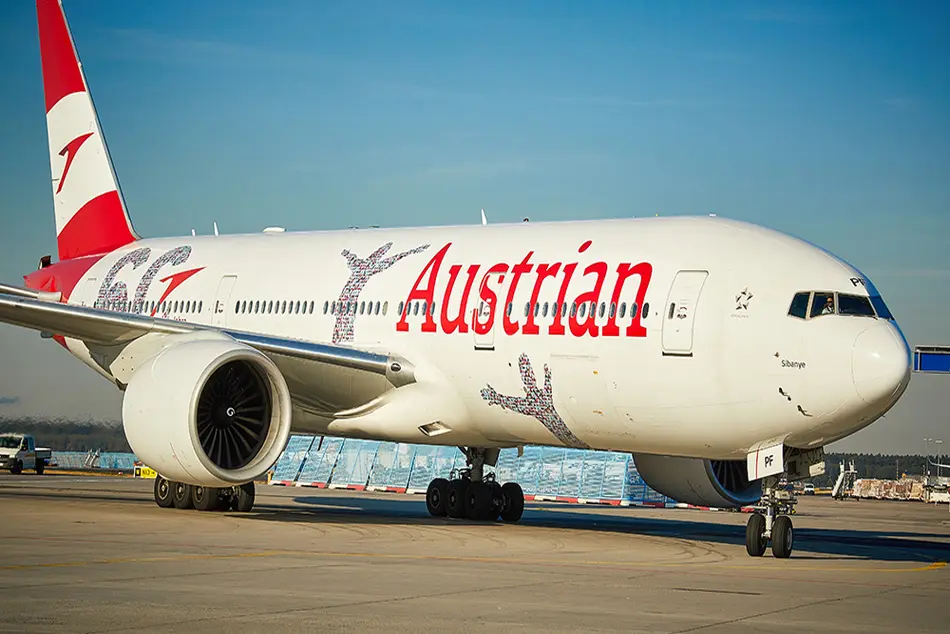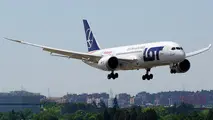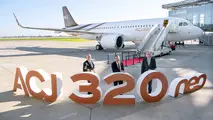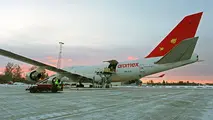Austrian Airlines Presents New Strategic Plan
Austrian Airlines has managed the turnaround after a tough restructuring period and now operates profitably.

Austrian Airlines has managed the turnaround after a tough restructuring period and now operates profitably.
The airline is also headed towards positive operating earnings in 2018 following strong passenger growth of more than one million customers, comprising a year-on-year rise of 8.5 percent.
The solid demand by passengers and increasing competition in Vienna has led the red-white-red national carrier to lay the strategic foundations for the future.
The airline’s Airbus fleet will already be expanded from the current 36 planes to a total of 46 aircraft over the next three years. At the same time, Austrian Airlines will phase out its 18 turboprop aircraft with 76 seats. On balance, the flight offering from Vienna will be expanded by more than ten percent, in light of the fact that jets belonging to the Airbus A320 family are considerably larger than the turboprops.
“We will invest more than EUR 200 million in the expansion of our continental fleet and thus be able to significantly strengthen our position in Vienna”, the new Austrian Airlines CEO Alexis von Hoensbroech announces. “At the same time, this should also be considered as a clear challenge to the increasingly tough competition in Vienna, and we are prepared to take further steps to defend our position at our flight hub in Vienna”, he adds.
In April Lufthansa Aviation Training (LAT) will already begin construction work on expanding the simulator training center at Vienna Airport in order to create sufficient space for two additional A320 flight simulators for pilot training purposes. Completion of the extension project involving costs of EUR 20 million is planned for the first quarter of 2020. At present four simulators are being operated in Vienna (for Dash, Embraer and A320 aircraft).
Triggered by plans to phase out the Dash aircraft, Austrian Airlines intends to reorganize decentralized bilateral flight traffic between Austria and Germany within the Lufthansa Group. For example, it is much easier for Lufthansa to fly from its flight hub in Frankfurt than vice versa.
“We are already holding talks with our sister companies in the Group”, von Hoensbroech says. Austrian Airlines considers decentralized flight traffic to encompass all of its flights which do not depart from Vienna Airport, for example on the Salzburg-Frankfurt or Linz-Düsseldorf routes. Flights between Vienna and the federal provinces of Austria will remain unaffected at the moment.
As already announced, the four aircraft currently deployed by the Group sister airline Swiss in Switzerland under a wet lease agreement will be transferred to Vienna at the end of the winter flight schedule.
In this connection, Austrian Airlines will transfer all existing decentralized flight crew bases located in Altenrhein, Graz, Innsbruck, Klagenfurt, Linz and Salzburg to Vienna. The 200 impacted employees will be offered the opportunity to work in Vienna.
Fleet decision, network simplification and transfer of the decentralized crew bases are three main aspects of the 10-point program called #DriveTo25, which the Austrian Airlines Management Board presented to the general public today. The new strategy was already acknowledged and approved at the most recent meeting of the Supervisory Board of Austrian Airlines held at the end of November 2018.
“On the basis of our strategic program we want to give a major boost to the modernization of Austrian Airlines. We will reduce complexity, more strongly focus on the core business and concentrate our hub business in Vienna in order to strengthen our ability to make investments”, CFO Wolfgang Jani concludes.



